One Program, One Journey
Scouting is one consistent journey. This journey is represented through the symbolic framework of our age sections. Each stage of the journey, represented by an age section, presents new challenges, experiences and perspectives of the world around us.
|
The program challenges Scouts to discover all kinds of new adventures. |
Scouts create their own paths, finding adventure in not only the activity, but the challenge of leading the way. |
Scouts work as a Patrol to explore the great unknown. Every experience will involve a new challenge and Scouts will support each other on the way. |
|
Scouts are challenged to look wide – to seek opportunities for adventure they may not have thought possible before. |
Scouts realise the Purpose of Scouting – becoming well-rounded individuals that go beyond the horizon to help create a better world. |
|
The Scouting journey should be a continuous flow, focusing on as individual's personal progression throughout the movement. We use the symbolic framework of the sections to emphasise and encourage Scouts to pursue new challenges and experiences by progressing to the next section.
While new experiences are a focus, the one program model makes sure it's all familiar – each section uses the patrol system, the language is the same, the Achievement Pathways have common features, and all the Scouting community is always welcoming.
Who Develops The Program?
At all stages, young people and adults partner in the creation of the program. Further details about the specifics in each age section will be outlined in the relevant chapter.
No matter their age, youth members will feel empowered and enabled to contribute to the program they experience. Ideally, by early adolescence, this will see youth members developing the majority of program activities with the ongoing support and facilitation of adults. As a Scout becomes a young adult, they will Plan>Do> and Review> all parts of the programs they create and partake in.
Transitioning to the next age Section
Each individual is different, and it’s important that their personal needs and interests are considered as the most important factors in this transition. With the young person at the centre, the transition will happen when it needs to, for them. The most important concepts of a one program approach to a Scout’s transition between sections are:
Be flexible. The age range guides are there to guide, not to build fences between Sections. If a Scout is clearly ready to move from one Section to the next, they should be encouraged and supported to do so. If they’re clearly not ready, it’s okay for them to continue to enjoy the program on offer in their current Section – just make sure there is a plan for progression to happen within a reasonable time frame.
It’s about the Scout. The desires of the Scout must be sought when planning the transition to the next Section. They may wish to wait until their friends are ready, or they may be keen to go next week! Let them have a say.
As the Purpose of Scouting focuses on helping young people reach their own potential, everyone in Scouting has a responsibility to encourage personal progression through all the Sections; transition is a natural part of the one program journey experienced by each individual. Scouts are encouraged to pursue new challenges and experiences by progressing to the next Section.







